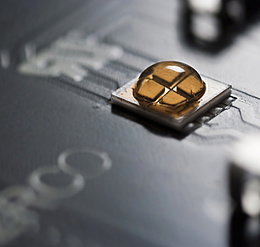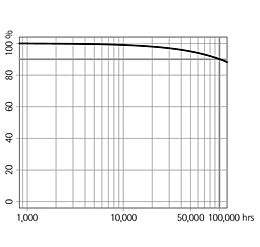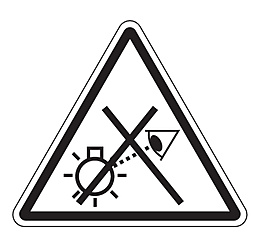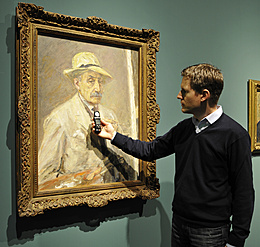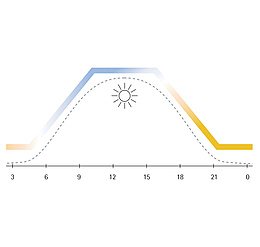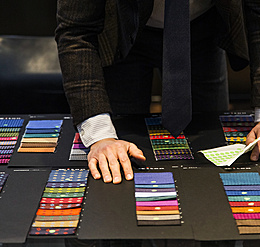The stroboscopic effect can also be detrimental to filming by causing streaks to run across the image, or by falsely displaying the movement of objects. This effect results from interference between the frequency of the light and the frame rate.
Another possible effect of the stroboscopic effect is that moving parts are perceived as being stationary, or with slowed movement, or even moving backwards. These effects always occur when a moving part, e.g. the saw blade of a circular saw, is illuminated with a light source that itself has a certain frequency. The rotation of the saw blade interacts with the frequency of the light, and depending on the ratio, the saw blade is perceived to rotate the wrong way, it rotates more slowly or it is seen to be stationary – which can be fatal in terms of safety. Finally, with the stroboscopic effect, falling raindrops for example may be seen as a dotted line or a string of pearls.

